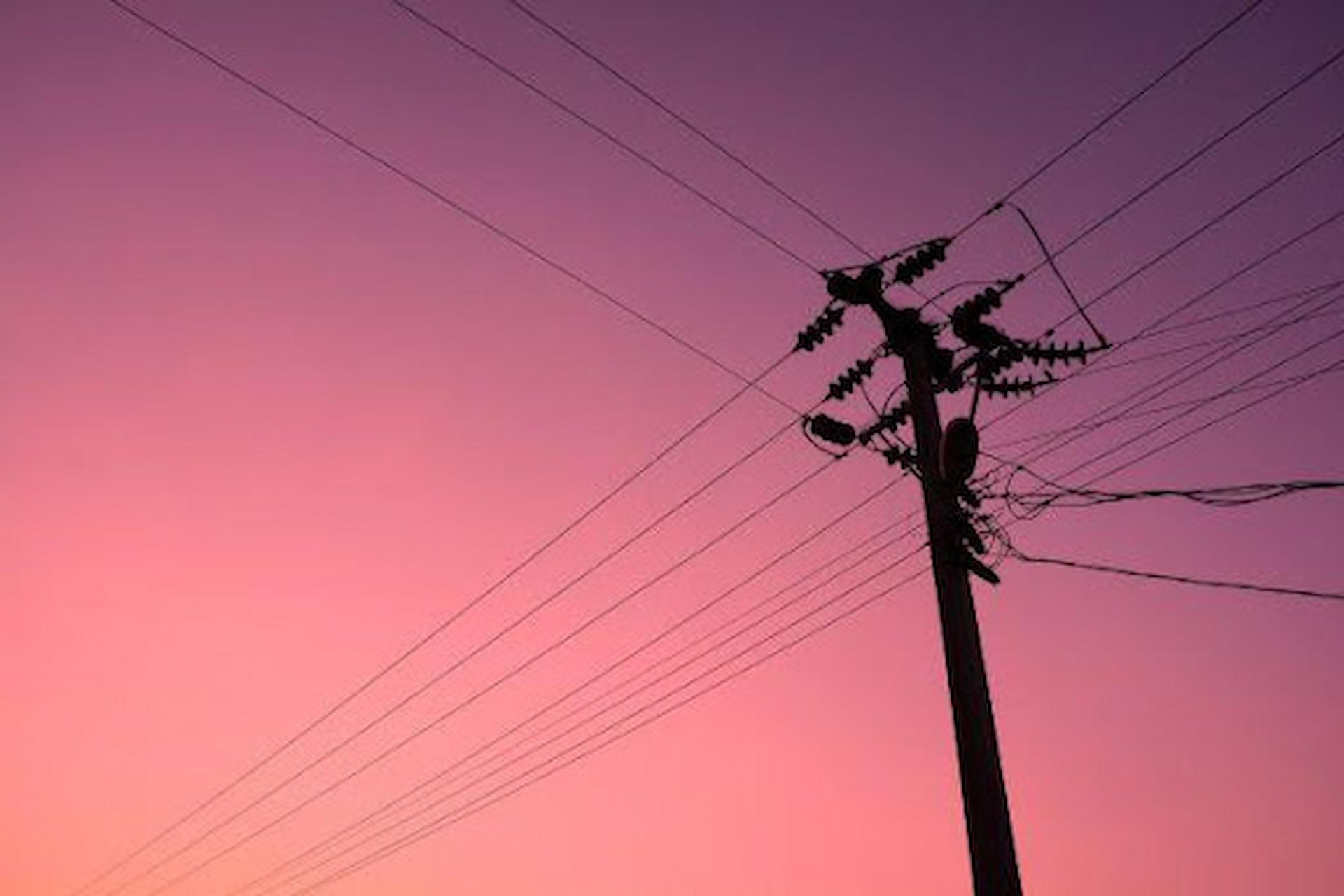Utility poles are an essential part of everyday life. More and more people require access to wireless and broadband services than ever. However, many do not realize just how much work goes into keeping them functioning. Fortunately, utility pole owners can count on joint use management software such as Joint Use 365. In addition to streamlining and helping with important tasks, the right software makes the pole attachment process much easier and smoother. Read on to find out more about what the pole attachment request process is and what it involves.
What Is Pole Attachment?
Utility pole owners agree to let other communications companies share access to their assets in a process known as joint use. Joint use allows third parties to rent space on the pole to attach broadband delivery devices. The renters are known as attachers because they are then allowed to attach their own equipment/cables to the pole.
The renters must notify the utility pole owner that they will be attaching devices to the pole. What follows is known as the pole attachment request process.
What Is The Pole Attachment Request Process?
Companies that hope to become attachers must notify utilities of their intent to rent space on a given pole. There are a number of steps before official approval.
To start, the hopeful attachers must fill out and submit an application. The utility pole owners then review this application, making sure it is sufficient and complete.
In addition to processing applications, the pole attachment request process requires in-person field surveys. A field survey is done to evaluate the safety, reliability, and engineering impact of the proposed attachment.
After the engineering survey, the attacher submits their design plans to the pole owner. If the pole is already fully loaded or requires repairs, the pole owner will provide a construction make-ready estimate to the attacher. As you may have guessed from the name, “make ready” is the process of preparing the pole for its latest attachment. The utility pole owner will accept or deny this estimate. Again, the pole attachment request process needs these steps to ensure attachments will be safe and reliable.
If accepted, the construction will go ahead. Then, there will be a post-construction inspection. Once all these steps are taken care of, and everything appears to be in working order, the pole attachment request process can be completed.
The attacher will enter into, and agree to maintain, an agreement with the utility pole owner. This lays out the terms and conditions the attacher must follow to access the pole.
To make sure the attachment is working, safe, and reliable, inspections will be done by the utility pole owner. These are usually performed annually.
How Can The Pole Attachment Request Process Be Made Easier?
Utility pole owners don’t have to handle the pole attachment request process on their own. Instead, they can implement attachment management software. This software is meant to speed up the pole attachment request process while also ensuring that it runs as effectively and correctly as possible. As you can see, there is a lot of different information involved in the process, and communication is vital. Joint use software can keep track of this and maintain accurate records.
For instance, this software can make it easier to keep track of attachment request fees and other billing requirements. It also allows owners to effectively track each third-party attacher and their relevant forms, requests, and other information.
What About The Pole Attachment Request Process Backlog?
Once you know what the pole attachment request process is and how it works, you can probably see how time-consuming it can be. Unfortunately, like many request processes, this means there can be a backlog.
Because of how essential wireless and broadband services are nowadays, there are a lot more pole attachment requests than there used to be. Utility pole owners can become overwhelmed by the ever-increasing number of requests. If utility pole owners don’t have the right services on their side, they’ll likely fall behind in the process.
In addition to the mounting backlog, not responding to attachment permit requests in time can hurt utility pole owners.
The more your backlog grows, the longer it will take to process each request. And that, in turn, will only create more of a backlog. But don’t worry, there are resources that can help.
What Are The Solutions To Pole Attachment Request Backlogs?
Thankfully, attachment management software, such as Joint Use 365, can help with this backlog issue. To start, joint use management software makes the pole attachment request process much easier and quicker. By expediting the process, you’ll be able to fulfill more requests in a shorter amount of time.
It also allows you to easily store, keep track of, and pull up the information and records that will determine if the pole attachment request can go through. Keeping accurate and thorough records helps streamline the process.
This software can also improve communication between utility pole owners and attachment requesters. In fact, the software can even communicate with those different parties for you. And it can keep records of those communications for future reference.
What Else Can Joint Use 365 Help With?
There are many other aspects of being a utility pole owner than processing attachment permit requests. Joint Use 365 provides assistance with handling pole inspections, violations, insurance, contracts, and much more. In fact, this software can automatically remind your utility pole’s third-party attachers of their own expenses and responsibilities so that you don’t have to. It also can help with unauthorized attachments if necessary.
You can finds more information about Joint Use 365 and the pole attachment request process on their website. In addition to making the pole attachment request process a breeze, they offer many other incredible benefits. Don’t wait to easily request a demo via their website.



